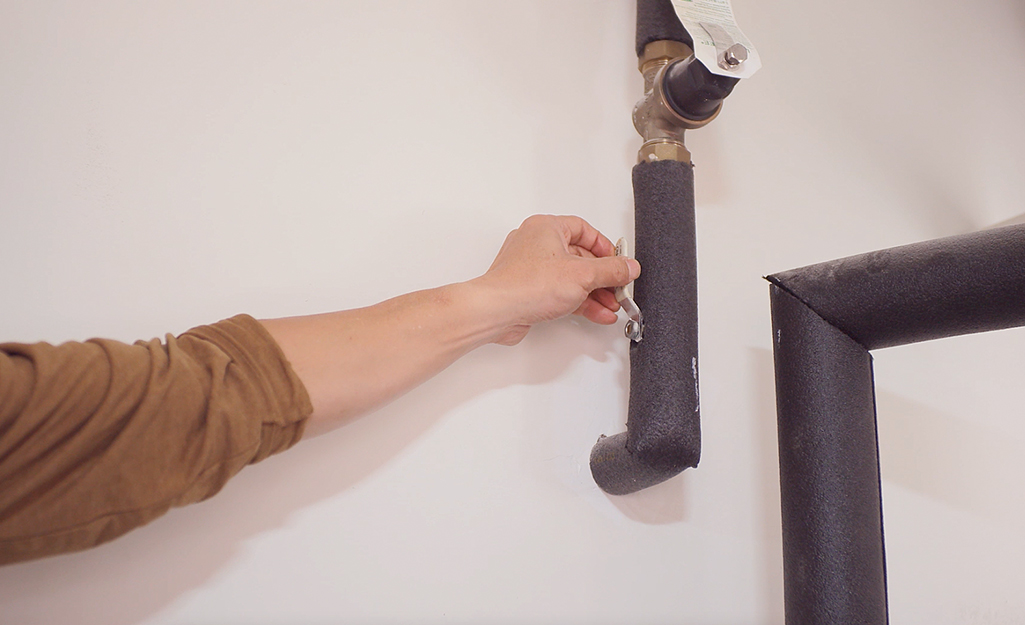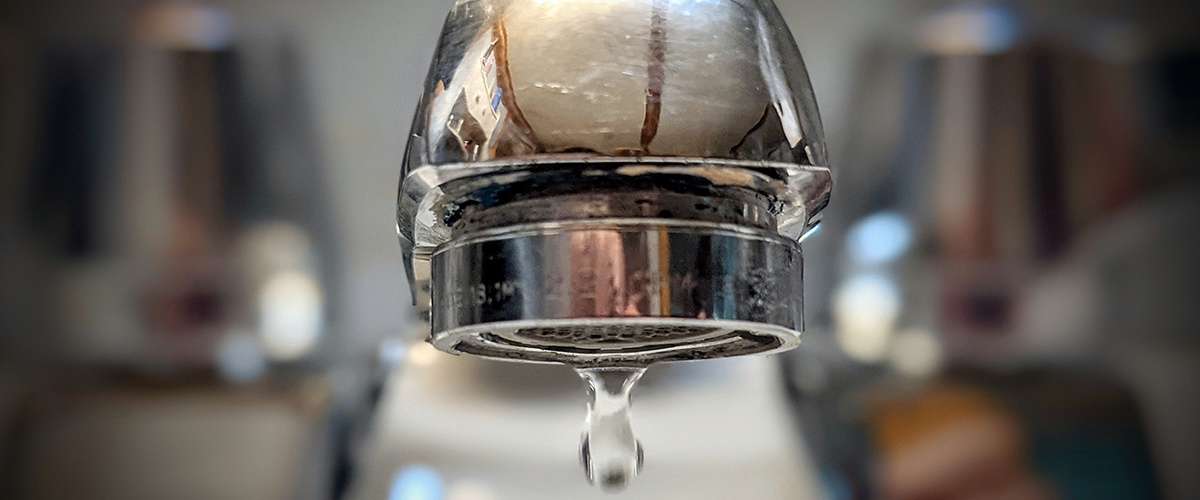Are you currently trying to locate information involving Why Are My Faucets Dripping (And Can I Fix It Myself)??

Trickling taps might appear like a small inconvenience, however their influence goes beyond just the aggravation of the audio. From wasting water to incurring unneeded economic prices and health and wellness threats, ignoring a dripping faucet can result in different effects. In this write-up, we'll look into why it's crucial to address this common household issue immediately and successfully.
Waste of Water
Environmental Effect
Dripping faucets contribute significantly to water wastefulness. According to the Epa (EPA), a solitary faucet dripping at one drip per secondly can lose greater than 3,000 gallons of water annually. This not only strains water sources however also influences environments and wildlife dependent on them.
Financial Prices
Enhanced Water Bills
Beyond the ecological impact, trickling faucets can blow up water expenses considerably. The built up wastefulness in time converts into greater energy costs, which can have been avoided with timely fixings.
Possible Property Damage
In addition, prolonged leaking can bring about damage to fixtures and surface areas bordering the tap. Water accumulation can cause discoloration, corrosion, and even structural problems if left ignored, causing added repair costs.
Health Issues
Mold and Mildew Growth
The constant presence of dampness from a trickling tap produces a suitable setting for mold and mildew and mildew growth. These fungis not just jeopardize indoor air quality but also pose wellness dangers, especially for individuals with respiratory system problems or allergies.
Waterborne Conditions
Stationary water in dripping taps can end up being a breeding ground for bacteria and various other microorganisms, raising the danger of waterborne diseases. Pollutants such as Legionella bacteria prosper in stagnant water, potentially leading to severe illnesses when ingested or breathed in.
DIY vs. Specialist Repair work
Pros and Cons of DIY Repair Service
While some might attempt to take care of a trickling tap themselves, DIY repair work include their very own collection of challenges. Without proper expertise and tools, DIY attempts can intensify the problem or lead to incomplete repair work, extending the issue.
Benefits of Employing an Expert Plumber
Employing a specialist plumber makes certain that the underlying source of the trickling tap is attended to properly. Plumbers have the proficiency and devices to detect and repair tap issues effectively, conserving time and decreasing the threat of additional damages.
Step-by-Step Overview to Dealing With a Dripping Tap
Devices Required
Before attempting to repair a leaking faucet, gather the required tools, including an adjustable wrench, screwdrivers, replacement parts (such as washers or cartridges), and plumber's tape.
Common Tap Issues and Their Solutions
Recognize the kind of faucet and the specific concern creating the drip. Typical issues include damaged washers, rusty shutoff seats, or defective O-rings. Refer to supplier directions or online tutorials for detailed assistance on repairs.
Safety nets
Regular Upkeep Tips
To prevent trickling faucets, do routine upkeep such as cleaning aerators, evaluating for leaks, and replacing damaged parts immediately. Additionally, think about mounting water-saving devices or upgrading to a lot more reliable components.
Importance of Prompt Fixes
Resolving dripping faucets as quickly as they're observed avoids further water wastefulness and prospective damage, inevitably conserving both water and money in the future.
Impact on Home Worth
Understanding of Well-Maintained Home
Keeping a property in good condition, consisting of addressing upkeep issues like leaking taps, enhances its viewed worth and value amongst possible purchasers or lessees.
Influence on Resale Value
Features with well-kept plumbing components, consisting of taps, command greater resale worths in the realty market. Addressing dripping faucets can contribute to a positive impression throughout property inspections and arrangements.
Environmental Responsibility
Individual Payment to Preservation
Taking duty for dealing with trickling taps straightens with more comprehensive initiatives towards water conservation and ecological sustainability. Every person's activities collectively make a significant impact on maintaining priceless sources.
Sustainable Living Practices
By focusing on punctual repair services and adopting water-saving habits, people contribute to lasting living practices that profit both present and future generations.
Conclusion
Attending to a dripping tap exceeds plain comfort; it's a vital action toward preserving water, decreasing economic prices, and protecting wellness and home. Whether via DIY repair services or specialist assistance, acting to deal with dripping faucets is a little yet impactful means to advertise responsible stewardship of resources and contribute to a healthier, much more sustainable future.
How to Fix a Leaky Faucet: Step-by-Step Repair Guide
A leaky faucet may seem like a simple annoyance, but if it's not fixed promptly, that leak could cost hundreds to potentially thousands. From water damage to mold, mildew, and high water bills, even a tiny leak can be catastrophic if left unattended. Damage like this can even affect the overall value of your home, so it's important to take the right approach for leaky faucet repair. You may need the help of a plumber in some cases, but we've got a few tips you can try on how to fix a leaky faucet before calling the pros.
Four Faucet Types
When you're learning how to fix a leaky faucet, the first step is knowing what kind of faucet you're working with! There are four common types.
Cartridge Faucets
Cartridge faucets come in one- or two-handled varieties. In one-handled cartridge faucets, hot and cold water combines in a single cartridge. In the two-handled versions, hot and cold water are controlled separately and mixed in the faucet.
Ball Faucets
Ball faucets have a single lever you push up and down to adjust the pressure and rotate to change the temperature. A slotted metal ball controls the amount of water allowed into the spout.
Compression Washer Faucets
They're the oldest type of faucet, but they're still used in many homes — especially older ones. Compression faucets have two separate handles that, when turned, raise or lower the washer that seals a water valve. This valve stops water from flowing through the faucet when it is turned off.
Disc Faucets
Disc faucets rarely need to be repaired due to their maintenance-free design. The water flow is controlled by two discs — the upper one raises and lowers against a fixed lower disc, creating a watertight seal. If your disc faucet starts leaking, you may need to replace the seals or clean residue buildup from the inlets.
Fixing a Leaky Faucet
Step 1: Turn Off the Water
Whether you're learning how to fix a leaky bathtub faucet or how to fix a leaky kitchen faucet, always turn off the water supply to your working area when you're fixing a leak. The last thing you want is a flood added to your list of things to fix.
Look for the shutoff valves below your sink or around the tub and turn them clockwise to stop the water flow. If your faucet doesn't have shutoff valves, you may need to turn off the water for the whole house. Check to make sure it's off by turning the faucet on. If nothing comes out, you're ready to start the repair.
Step 2: Take Apart the Faucet
How you disassemble your faucet depends on the type of fixture you have. You can use a flathead screwdriver to remove the caps on top of the handle or handles for cartridge and compression faucets. Inside, you should see handle screws. Unscrew these with a screwdriver to remove the handle.
Disc- and ball-style faucets will typically have an inlet screw near the handle, and removing that will reveal the interior of the faucet.
Detach the Valve Stem
For cartridge- and compression-style faucets, you'll see the inner valve stem or cartridge once you remove the faucet handles. If you have a compression faucet, unscrew the brass valve stem. If you have a cartridge faucet, pull out the cartridge. If your cartridge has been in place for a while, it may require some tools or extra force to remove it due to mineral deposits.
Examine and Replace Parts
Once you've removed the parts, check them out to confirm what needs to be replaced. You may see corroded rubber washers, O-rings, stems, or cartridges. On a ball-style faucet, check the seats and springs for damage.
If you need to repair a leaky disc faucet, check the inlet and seals on the lower disc.
Once you determine what parts must be replaced, visit your local hardware store. Bring the damaged parts with you to ensure you can purchase the correct components to replace them.
Clean Valves and Faucet Cavity
If you've removed a stem or cartridge, you may notice mineral buildup in the faucet's threads. Use white vinegar to clean the valve seat by soaking it for a few minutes, then scrub it away with a soft toothbrush and rinse with warm water. You can also clean the interior of the faucet in the same way.
Reassemble the Faucet
Once your faucet is cleaned and the required parts have been replaced, it's time to reassemble it. Put the pieces back together and slowly turn the water supply back on. Doing this slowly is crucial because too much initial water pressure can damage the new hardware you've just installed.
https://homewarranty.firstam.com/blog/how-to-fix-leaky-faucet

Do you really like reading up on What Causes Leaky Faucets & How To Fix Them? Place a review down below. We will be happy to see your suggestions about this blog posting. We are looking forward to see you back again in the future. Liked our article? Please quickly share it. Let somebody else locate it. Many thanks for your time spent reading it.